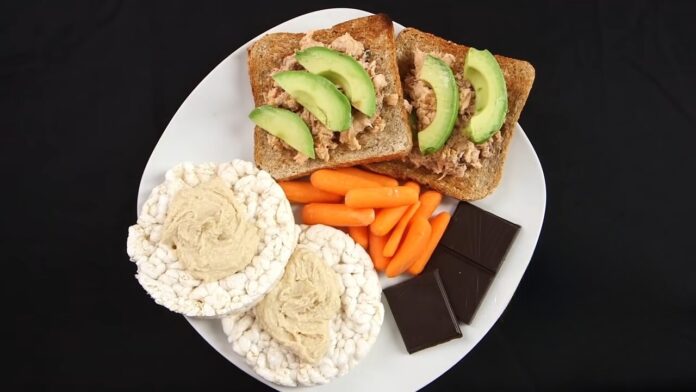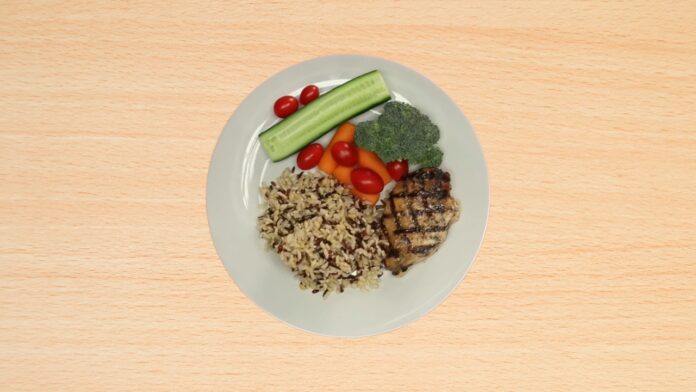
In the world of athletic performance, nutrition is the foundation upon which success is built. It’s the fuel for the sprinter’s explosive start, the endurance runner’s relentless stamina, and the weightlifter’s towering strength.
Within this dietary framework, calorie counting emerges as a pivotal tool for athletes to tailor their diet meticulously to the demands of their sport.
This guide delves into the art and science of calorie counting from the perspective of a sports nutrition specialist, providing insights into how to manage and optimize caloric intake for peak performance.
What Is a Calorie?
A calorie, in its essence, is a unit of energy that is commonly used to measure the energy content of foods and beverages. To be precise, it is the amount of heat needed to raise the temperature of one gram of water by one degree Celsius.
Athletes particularly depend on calories as a source of fuel. They serve as the body’s energy currency, powering not just movements and physical exertions but also essential physiological functions and the critical recovery and repair processes that follow intense workouts. Understanding this is key for athletes to optimize their performance.
The Significance of Caloric Balance
Achieving a caloric balance is essential for athletes to maintain their weight and optimize their energy levels for both training and competition and thus many start counting calories.
It’s a delicate equilibrium where the number of calories consumed aligns with the number expended through basic metabolic processes and physical activity. This balance helps ensure that athletes are not consuming too few calories, which can lead to energy deficits, nor too many, which can contribute to unwanted weight gain.
The Athlete’s Caloric Needs
Athletes exert more energy, and therefore their bodies demand a greater caloric intake to function optimally. The heightened caloric needs of athletes are primarily determined by their activity level, but factors like metabolic rate, age, sex, and even environmental conditions where they train or compete can also play significant roles.
For instance, endurance athletes may require a higher intake of calories due to prolonged periods of exertion, while those in weight categories might need to manage calorie intake more precisely to maintain their class.
Setting Caloric Goals
Determining the right caloric intake is a tailored process for athletes. It involves understanding the specific requirements of their sports and aligning these with their individual physiological needs.
For example, a bodybuilder may aim for a surplus to gain muscle mass (bulking), while a martial artist might need a deficit to drop weight before a competition (cutting). Balancing these caloric inputs and outputs is essential for athletes to reach their specific body composition goals effectively.
Tracking Calories
Precision is the name of the game when it comes to tracking calorie intake. With the aid of technological tools such as apps and digital food scales, athletes can measure and record their dietary intake with great accuracy.
But technology can only go so far—it’s the attention to detail, like noting the exact size of a chicken breast or the amount of dressing on a salad, that will make the difference between approximate and accurate calorie tracking.
Quality vs. Quantity
While the quantity of calories is a critical factor in an athlete’s diet, the quality of those calories is paramount. Foods high in nutritional value not only provide the energy needed but also supply essential nutrients for the body’s overall health, optimal functioning, and recovery.
Athletes should prioritize whole foods like lean proteins, whole grains, healthy fats, and a colorful variety of fruits and vegetables to ensure a rich intake of vitamins and minerals.
Pre-Workout Nutrition
Pre-workout nutrition is tailored to provide the body with the necessary energy without causing discomfort during the activity. The focus is usually on easily digestible foods that provide a steady release of energy.
For instance, a combination of complex carbohydrates and simple sugars can offer both immediate and sustained energy, while protein supports muscle function and moderate amounts of fats help to sustain longer-term exercise demands.
Post-Workout Nutrition
Post-workout nutrition focuses on recovery and repair. Calories consumed during this period play a crucial role in muscle protein synthesis and the replenishment of glycogen stores.
Athletes often turn to a ratio of 3:1 or 4:1 carbohydrates to protein to facilitate rapid nutrient absorption, thus speeding up recovery. This intake can significantly impact their ability to perform in subsequent training sessions or events.
Balancing Macronutrients
In an athlete’s diet, the role of macronutrients cannot be overstated. Carbohydrates, proteins, and fats each fulfill vital functions. For example, while carbohydrates provide the needed quick energy, especially during high-intensity training, proteins are the building blocks for muscle repair and growth.
Fats, although denser in calories, are essential for numerous bodily functions, including the synthesis of hormones. Striking the right macronutrient balance can enhance athletic performance and support overall health.
Avoiding Common Pitfalls
Even with meticulous tracking, athletes can fall into common traps such as underestimating portion sizes or not accounting for all ingredients in a meal. Such errors can lead to inaccurate calorie counts and undermine dietary goals.
It’s essential to be aware of these potential mistakes and employ strategies like using standardized measuring tools and being mindful of calorie-laden additives to maintain accurate tracking.
Adjusting Caloric Intake
An athlete’s energy requirements are dynamic and can fluctuate based on training intensity, competition schedules, and changes in body composition goals. Recognizing the need for flexibility in caloric intake is critical.
Athletes must be adept at adjusting their diets to accommodate these changes, which may involve increasing or decreasing caloric intake in a structured manner to align with their current training demands and performance goals.
Conclusion
Calorie counting is a nuanced and complex aspect of sports nutrition, but when mastered, it is a powerful ally for the athlete. It allows for precise dietary control, aligning nutrition closely with training and performance goals.
However, it should be approached with a focus on both quantity and quality and ideally under the guidance of a sports nutrition specialist. With careful planning and attentive tracking, athletes can harness the full power of their diets to fuel their ambitions in their chosen sports.















